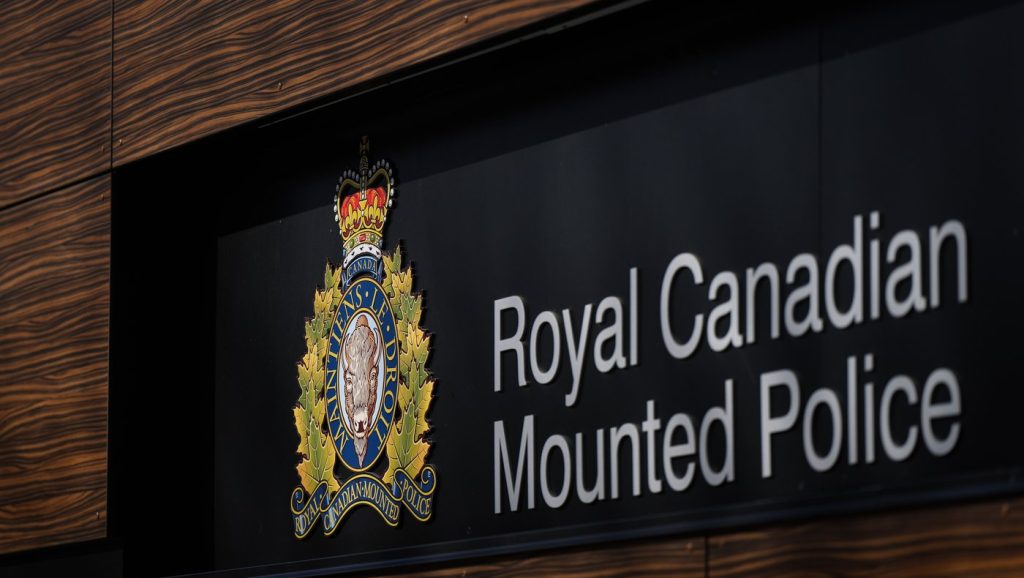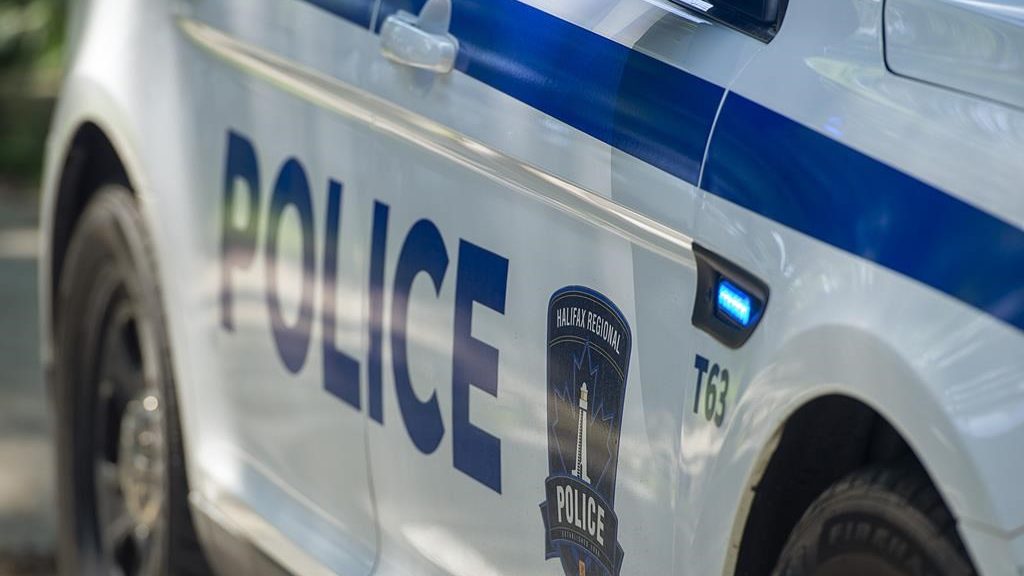Remember This? Dartmouth’s Town Historian, Dr. John P. Martin
Posted May 21, 2018 03:44:00 PM.
This article is more than 5 years old.
Dr. John Patrick Martin (1886 – 1969) was Dartmouth’s Town Historian and the author of The Story of Dartmouth, the single best source for Dartmouth history.
Although born in Woodside, he resided for most of his life in downtown Dartmouth.
Dr. Martin was the great grandson of Andrew Malcolm, a blacksmith from Thurso, Scotland, who came to Dartmouth nearly a decade before the first phase of construction of the Shubenacadie Canal and lived near today’s King Street fire station below Blockhouse Hill.
John Martin’s brothers, Frank, William (‘Dee’) and Jimmy were well known Dartmouth athletes and community builders, excelling in hockey, baseball, figure skating, canoeing and running.
According to his biography in The Story of Dartmouth, Dr. Martin held three careers: telegraph operator, teacher and Town Historian.
On the night of the sinking of the Titanic and over the next several days, John Martin was kept busy relaying telegraph messages of the disaster. During World War I, he instructed well-known Nova Scotia author and historian, Thomas H. Raddall (at the time, a young merchant mariner), in the skills of wireless messaging.
As a teacher and volunteer, Dr. Martin took a great interest in keeping young people active, coaching countless hockey teams and building a community park, at the bottom of Wentworth Street, along the Shubenacadie Canal, in downtown Dartmouth.
According to his niece, Marie (Martin) Jones, who would frequently accompany her uncle on research trips, Dr. Martin would encourage the boys of the neighbourhood to kindly ‘borrow’ soil from their parents’ gardens to help beautify Wentworth Park (formerly a town dump), now known as Martin Park.
Moments before the Halifax Explosion, Dr. Martin was disciplining a student at the back of the class when, suddenly, the wall at the front of classroom collapsed, which would have killed John Martin if not for the fact that he was not at his usual desk. From then on, the boy was introduced as the man who saved Dr. Martin’s life.
“In recognition of over half a century of voluntary service in the interests of boys of St. Peter’s Parish in Dartmouth and of boys in Halifax schools, Dr. Martin was awarded an honourary degree by St. Mary’s University in 1955” (page 561, The Story of Dartmouth).
John Martin Junior High School, on Brule Street in north end Dartmouth, was named for Dr. John P. Martin in 1963, before his death.
According to page 560 of The Story of Dartmouth; “In 1948 at the age of 62, Dr. Martin decided to retire permanently, mainly because his health and stamina was no longer equal to the heavy demands of high school teaching. Over the next twenty-one years he was seldom idle – following a regular ritual of visiting the provincial archives, registry of deeds office, newspaper files, printers’ workrooms, etc. His major work “The Story of Dartmouth” was first published in 1957. His work on the second edition – released in 1965 – took its toll on his eyesight and general health. Although actively engaged in research and writing until the very eve of his death, his health steadily worsened. He died suddenly of a stroke early Sunday morning May 11, 1969.”
In the Preface of The Story of Dartmouth, Dr. Martin outlines the hard work that he put into researching his book: “This self-imposed task occupied most of my spare time over a period of five years. It has carried me and my note-book to the New York Public Library, twice to the Dominion Archives at Ottawa, countless days and nights in the Nova Scotia Archives, the Legislative Library, the Registry of Deeds, of Probate, of Crown Lands, the Dartmouth Ferry records, the Town Hall records, church registers, school registers, besides extensive research among the private papers of old families, and among headstones in graveyards. (At Geary Street cemetery the Dunn family took me inside their antique vault to gaze upon one of the adult skeletons).”
According to David I. Jones, late husband of Marie Jones, Dr. Martin’s niece, John Martin once lost count of time while peering over documents in the Registry of Deeds vault and had to be literally rescued after being accidentally locked-in after-hours.
In addition to publishing his influential volume of Dartmouth history, Dr. Martin, in his role as Town Historian, reached out to the community in a variety of ways: “For more than thirty years he contributed articles of historic interest to the newspapers of Halifax and Dartmouth. Locally he was best known as a lecturer on the people, landmarks and events of history in this area, having presented such talks scores of times over a three decade period to interested groups in halls and via radio and television” (page 561, The Story of Dartmouth).
Dr. Martin also published several historical pamphlets, covering topics ranging from Dartmouth’s early hockey history to the Duc d’Anville’s doomed invasion fleet.
Today, Dr. John Martin is survived by his daughter, Sister Mary Martin (who was for many years the Archivist of the Sisters of Charity at their Mother House in Rockingham), two grandchildren and their families, as well as by numerous members of the extended Martin family.
For anyone conducting research into the history or archaeology of Dartmouth, The Story of Dartmouth is the recommended first secondary source to consult.
Dr. Martin spent countless hours interviewing elderly residents, exploring old houses and historic sites, and examining historical records.
Although very hard to find, everyone interested in Dartmouth should read The Story of Dartmouth.
Reference copies are available at local libraries and the Dartmouth Heritage Museum at Evergreen House on Newcastle Street.
While the book does use some language that is no longer acceptable today, Dr. Martin provides invaluable windows into the past of different cultures, landmarks and events.
Dr. John Patrick Martin was ahead of his time, advocating for a Dartmouth Museum, the beautification of the Sawmill River and the protection and interpretation of local historic sites.
David Jones is an archaeologist and historian from Dartmouth, Nova Scotia. Thursdays at Noon, David has a weekly thirty minute history segment on The Rick Howe Show, NEWS 95.7. David Jones is the great grand nephew of Dr. John P. Martin and follows in his footsteps as a Dartmouth historian and archaeologist. In the tradition of Dr. Martin, David will be presenting on the history and archaeology of Lake Banook; Wednesday, May 23 at 8pm, Christ Church Hall, Dundas Street, downtown Dartmouth.








